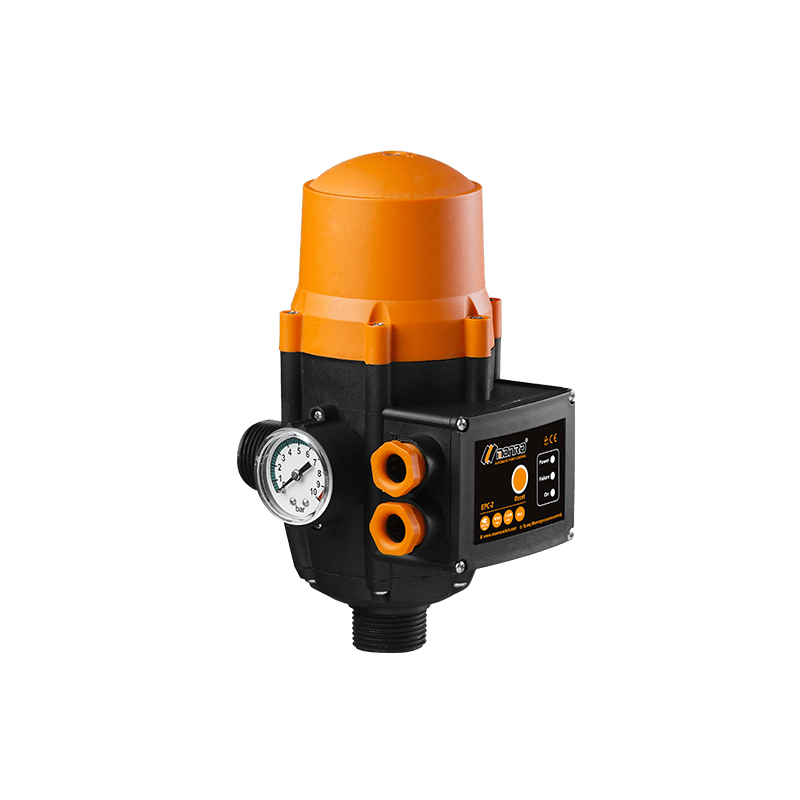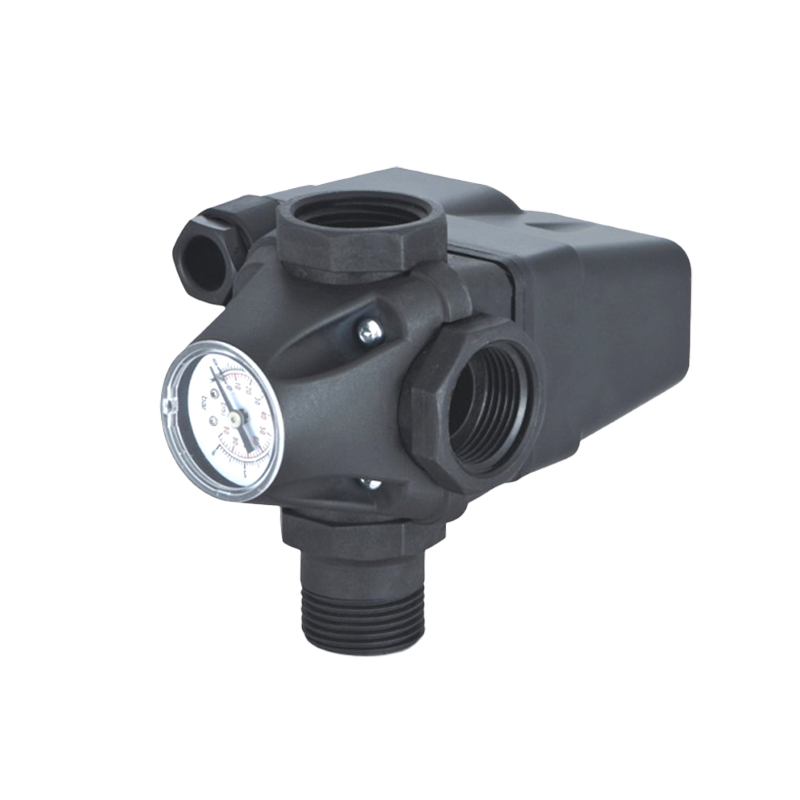Don't hesitate to send a message
Web Menu
Product Search
Exit Menu
The Working Principles of Air Pressure Control Switch, Pump Control Switch, and Compressor Control Switch
Air pressure control switches, pump control switches, and compressor control switches are essential components in various industrial, commercial, and residential applications. Understanding their working principles is crucial for ensuring efficient operation and system reliability.
Air Pressure Control Switch:
The air pressure control switch is a vital component in pneumatic systems, regulating the pressure levels to maintain good performance. Its primary function is to monitor the air pressure within a system and activate or deactivate the compressor or pump accordingly. When the pressure reaches a preset threshold, the switch triggers the compressor or pump to start, ensuring adequate pressure for the system's operation. Conversely, when the pressure drops below the specified level, the switch shuts off the compressor or pump to prevent overpressurization.
The working principle of an air pressure control switch revolves around the interaction between mechanical components and electrical contacts. As the air pressure changes, it exerts force on a diaphragm or piston mechanism within the switch. This movement actuates a set of electrical contacts, either opening or closing the circuit to control the power supply to the compressor or pump. By adjusting the pressure settings and differential pressure, operators can customize the switch to suit specific application requirements.
Pump Control Switch:
A pump control switch serves a similar function to an air pressure control switch but is specifically designed for controlling pumps in water supply systems, irrigation systems, and other fluid handling applications. It monitors the water pressure within the system and activates the pump to maintain the desired pressure levels. Like the air pressure control switch, it utilizes a combination of mechanical and electrical components to sense pressure changes and regulate pump operation.
The working principle of a pump control switch involves the use of a pressure sensor or transducer to detect variations in water pressure. When the pressure drops below the setpoint, indicating a demand for water, the switch triggers the pump to start. As the pump operates and increases the pressure, the switch monitors the pressure levels and shuts off the pump once the desired pressure is achieved. This cyclic operation ensures a consistent supply of water while preventing pump overload and system damage.
Compressor Control Switch:
In industrial and commercial air compressor systems, a compressor control switch plays a critical role in maintaining good air pressure levels for pneumatic tools, machinery, and processes. Similar to other control switches, its primary function is to monitor the air pressure and control the operation of the compressor motor accordingly. By cycling the compressor on and off as needed, it helps regulate air supply, prevent system overpressure, and conserve energy.
The working principle of a compressor control switch involves sophisticated pressure sensing mechanisms combined with advanced electronic controls. Pressure sensors detect changes in air pressure, transmitting signals to the control unit. Based on predetermined pressure thresholds and system requirements, the control unit activates or deactivates the compressor motor, adjusting the air supply to match demand. Additionally, modern compressor control switches may incorporate features such as variable speed drives and remote monitoring capabilities for enhanced efficiency and control.
Air pressure control switches, pump control switches, and compressor control switches are indispensable components in a wide range of industrial, commercial, and residential applications. By understanding their working principles and applications, operators can optimize system performance, ensure reliable operation, and minimize downtime. Whether regulating air pressure in pneumatic systems, controlling water pumps in fluid handling applications, or managing air compressors in industrial processes, these control switches play a crucial role in maintaining system efficiency and productivity.
-
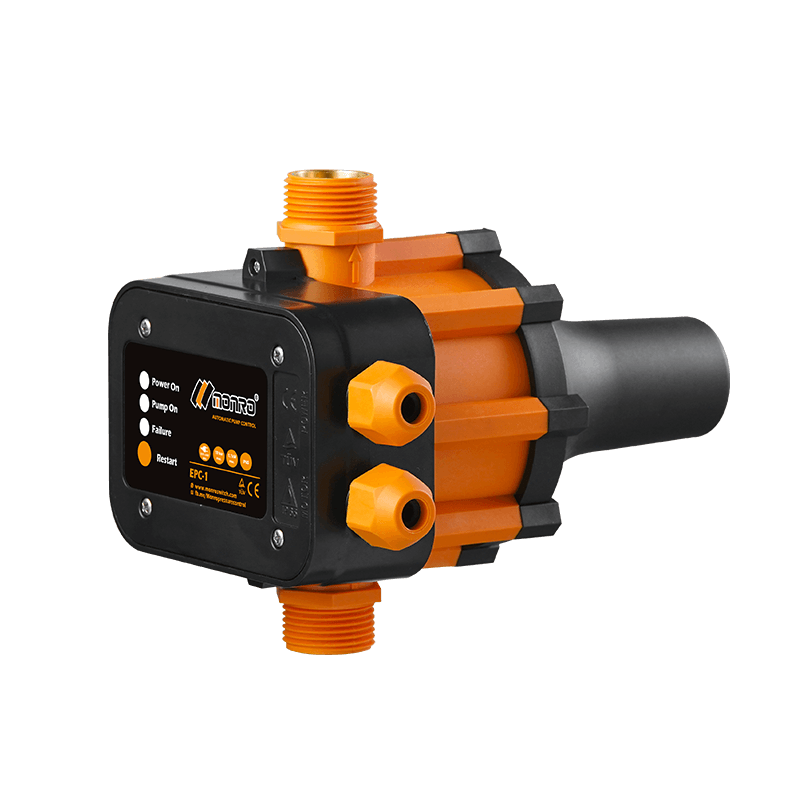 EPC-1
EPC-1Monro EPC-1 model pump controller is the classic and basic type, was loved by user in the global mar...
-
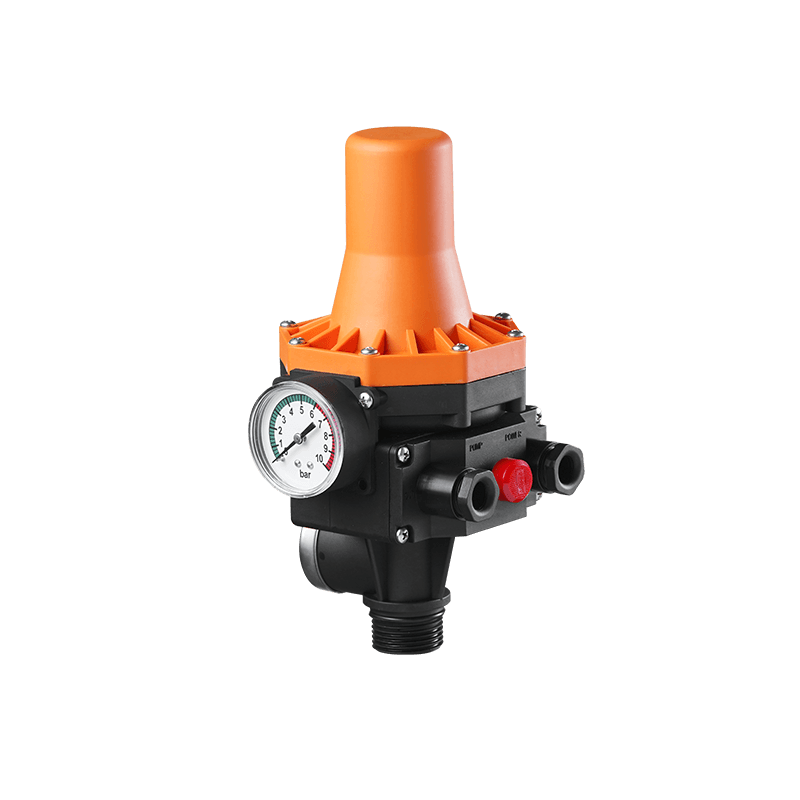 EPC-3
EPC-3Monro EPC-3 spain design auto on and off press control, an intelligent and economical system designe...
-
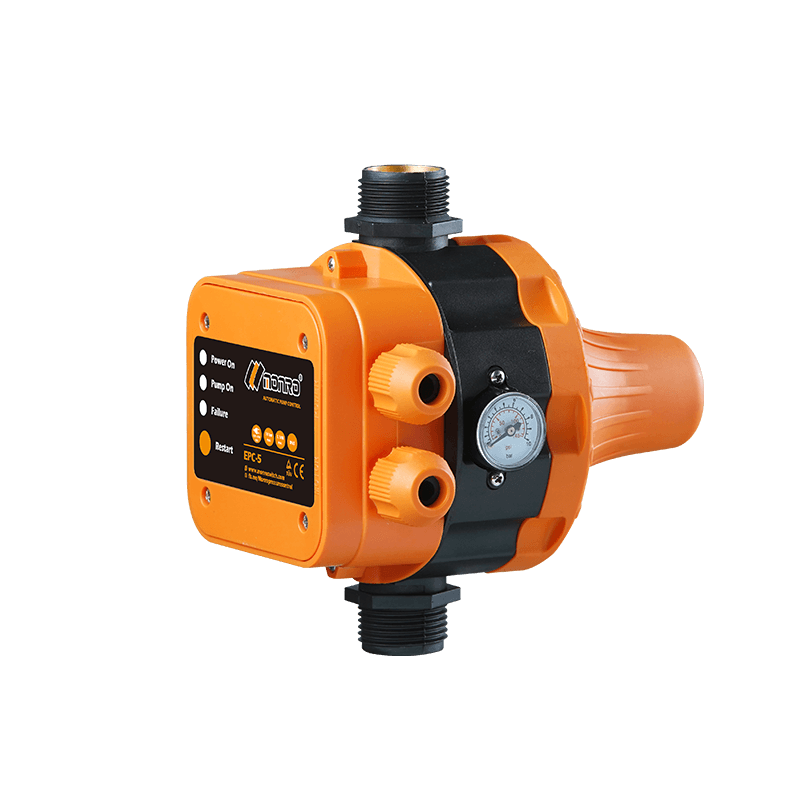 EPC-5
EPC-5Monro EPC-5 model automatic pump control, a device which assembled on the water pump (recommended si...
-
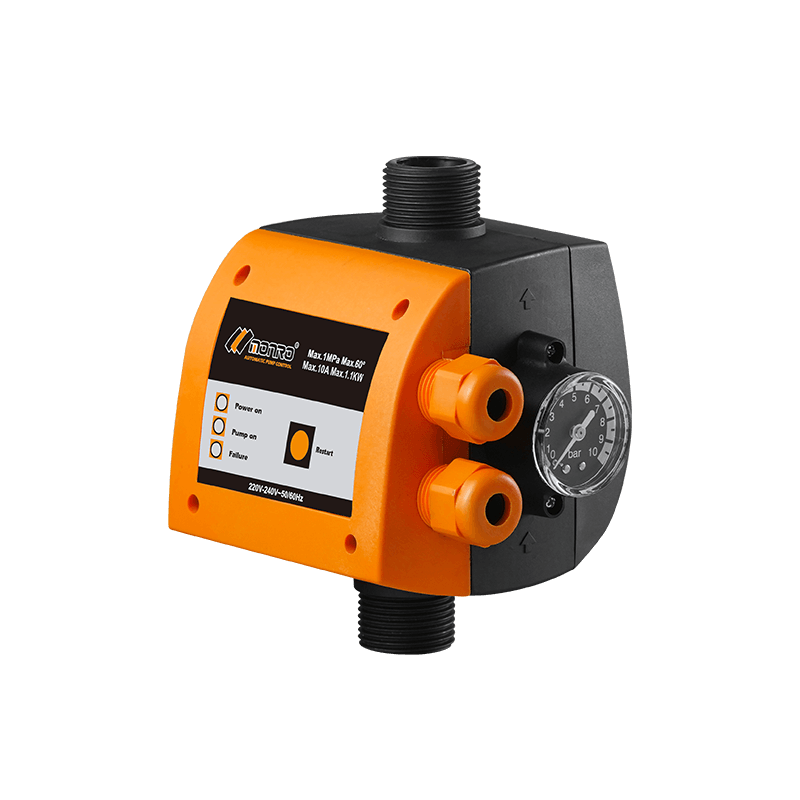 EPC-9
EPC-9Monro EPC-9 model pressure controller, is a big power device for automatic control and protection of...
-
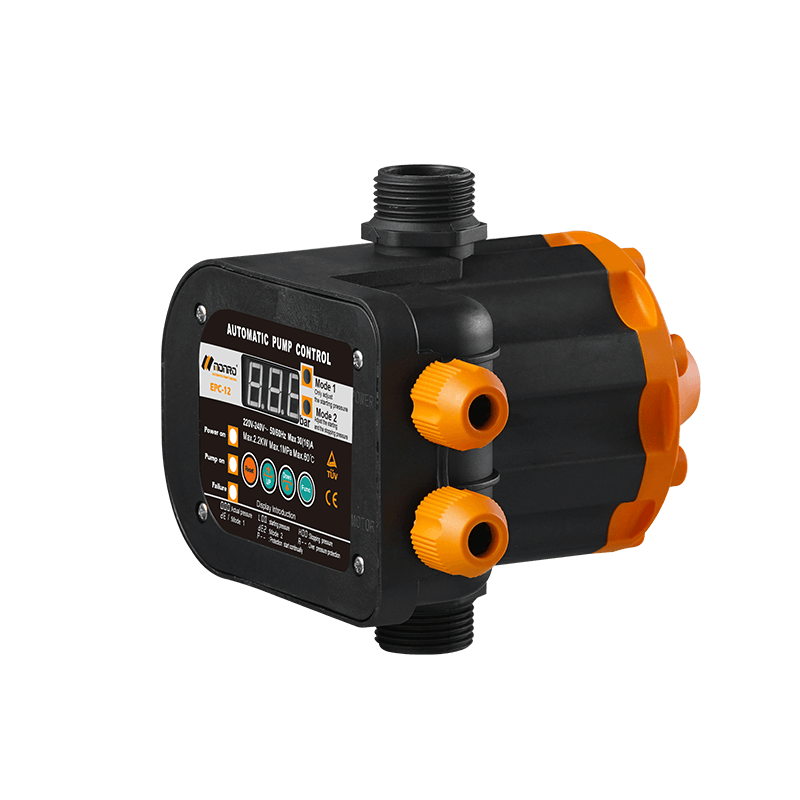 EPC-12
EPC-12Monro EPC-12 smart top-level automatic pump control is a multi-function model combined with traditio...
-
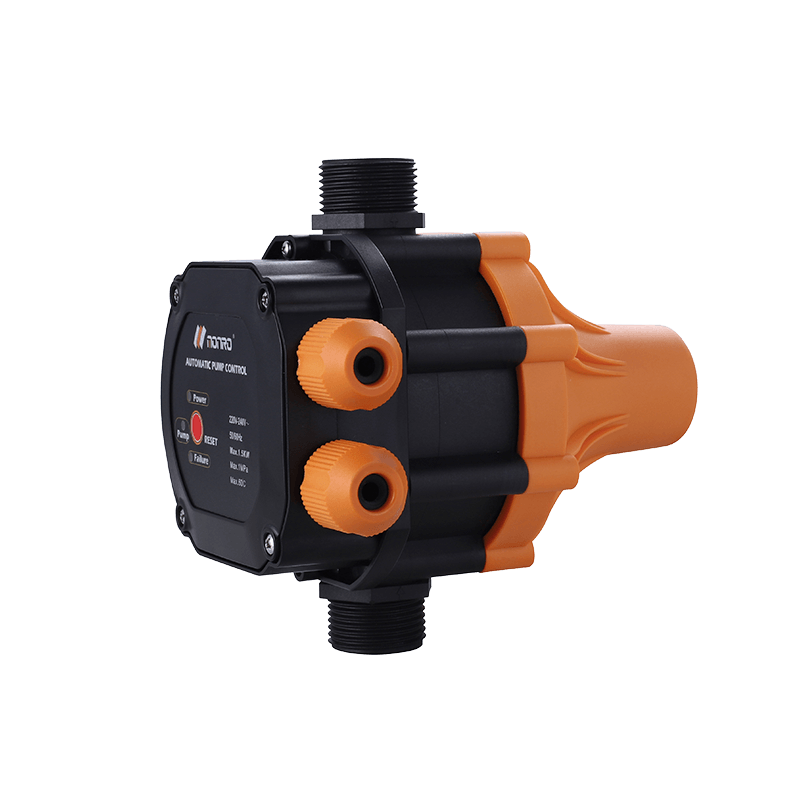 EPC-14
EPC-14Monro EPC-14 model pressure control is a big power device for automatic control and protection of el...
-
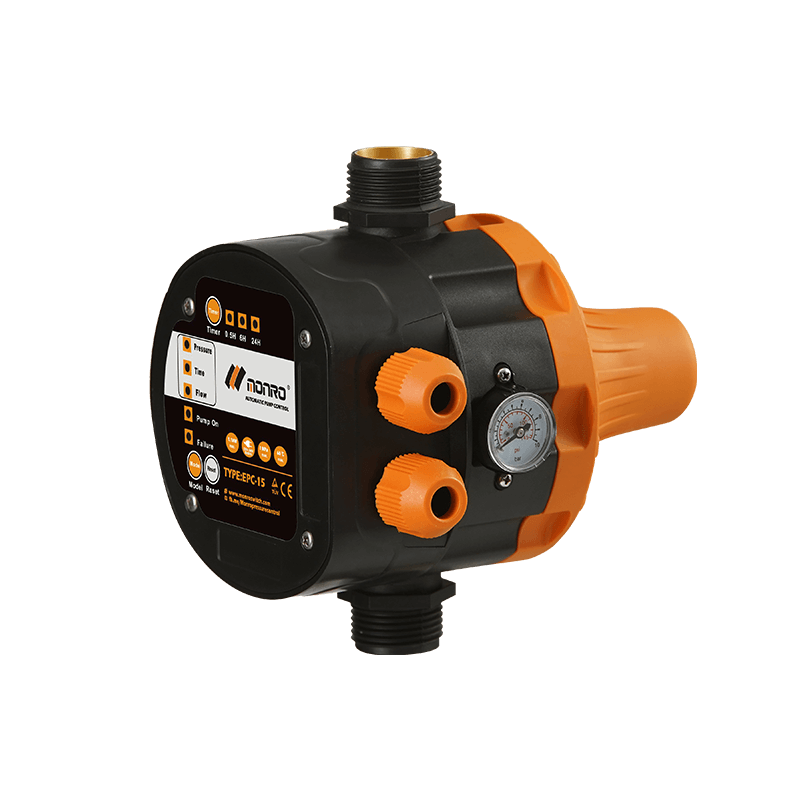 EPC-15
EPC-15Monro EPC-15 model automatic pump control, a device which assembled on the water pump (recommended s...
-
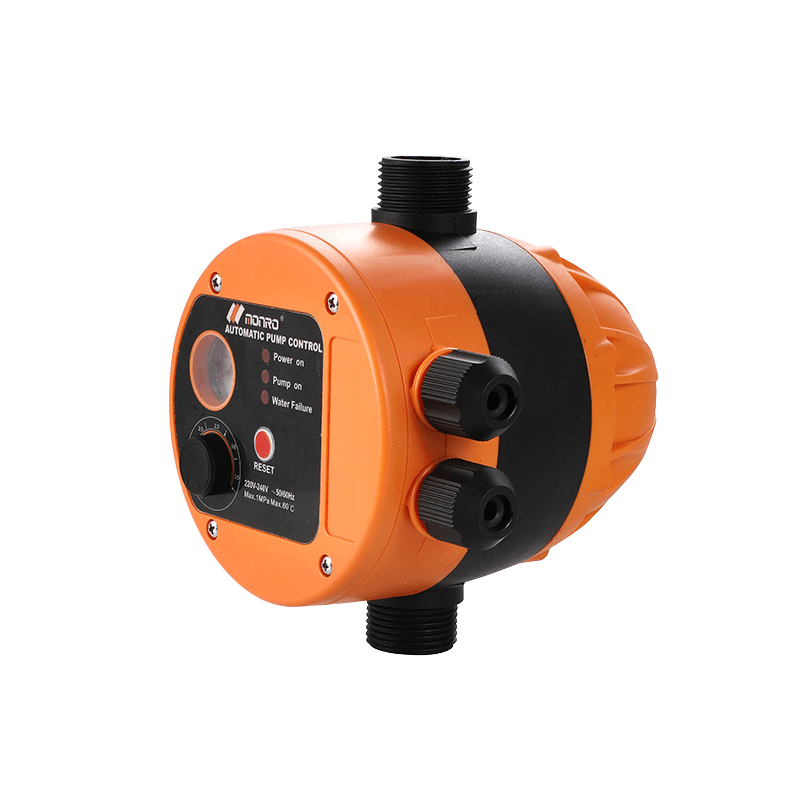 EPC-16
EPC-16EPC-16 is the new patent pump controller by Monro. Its key highlight is tooless (manual knob) start...
find our office
Committed to providing professional pressure control solutions for various types of water pumps and air compressors.

 简体中文
简体中文 English
English Español
Español